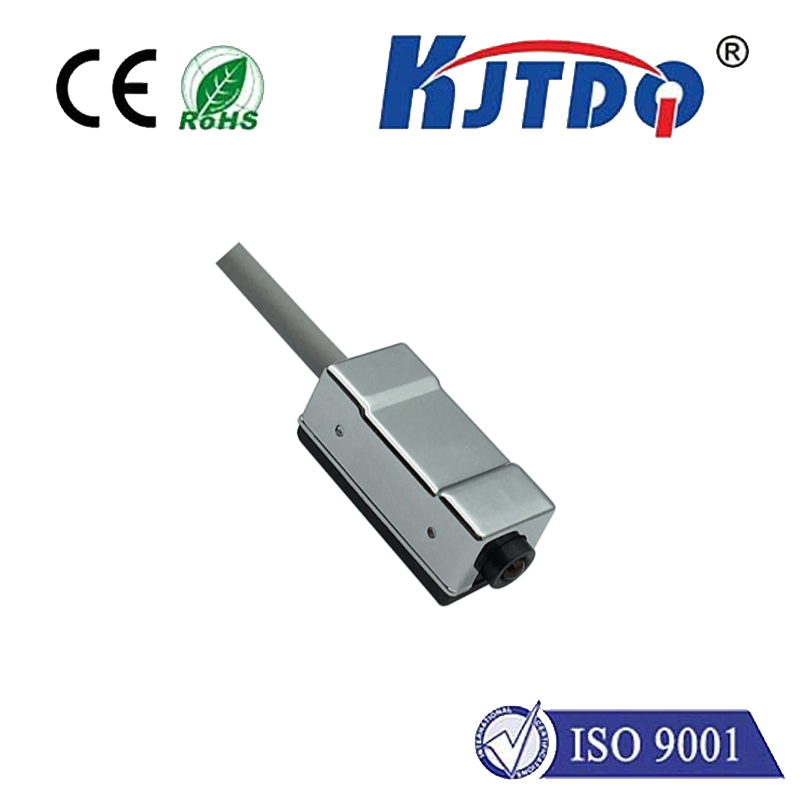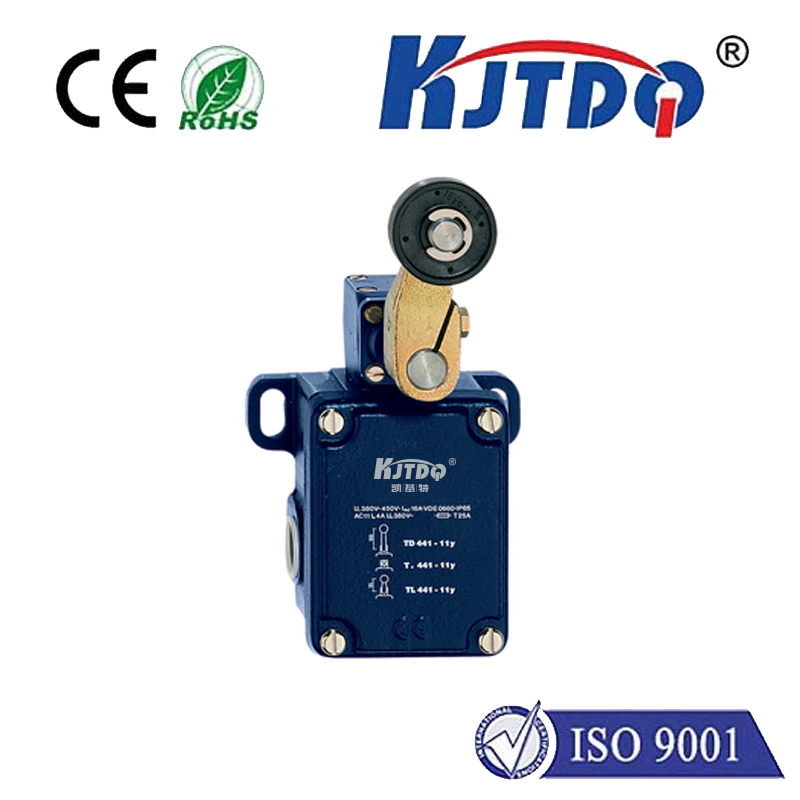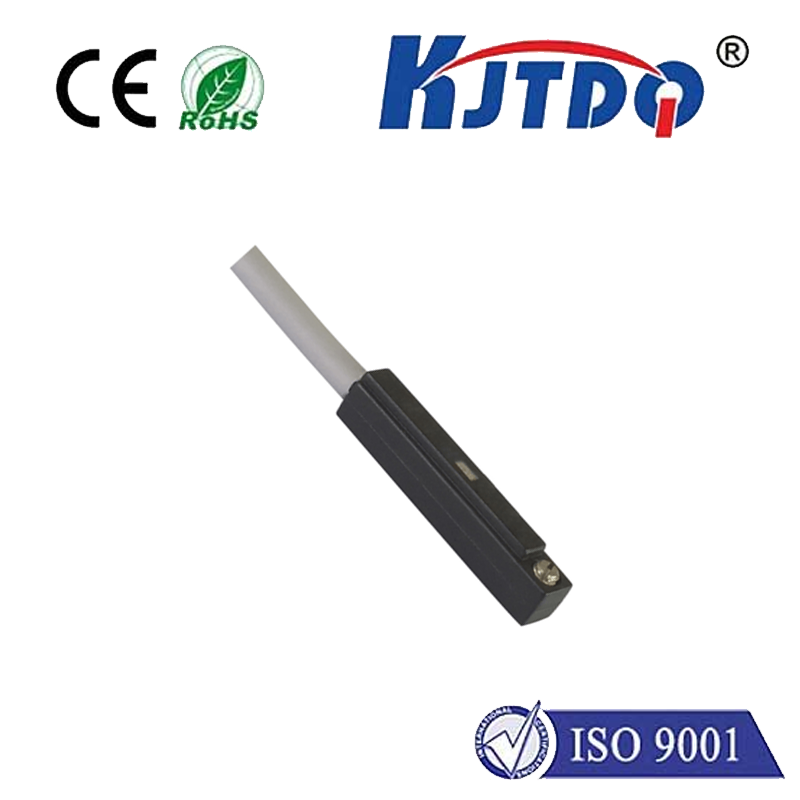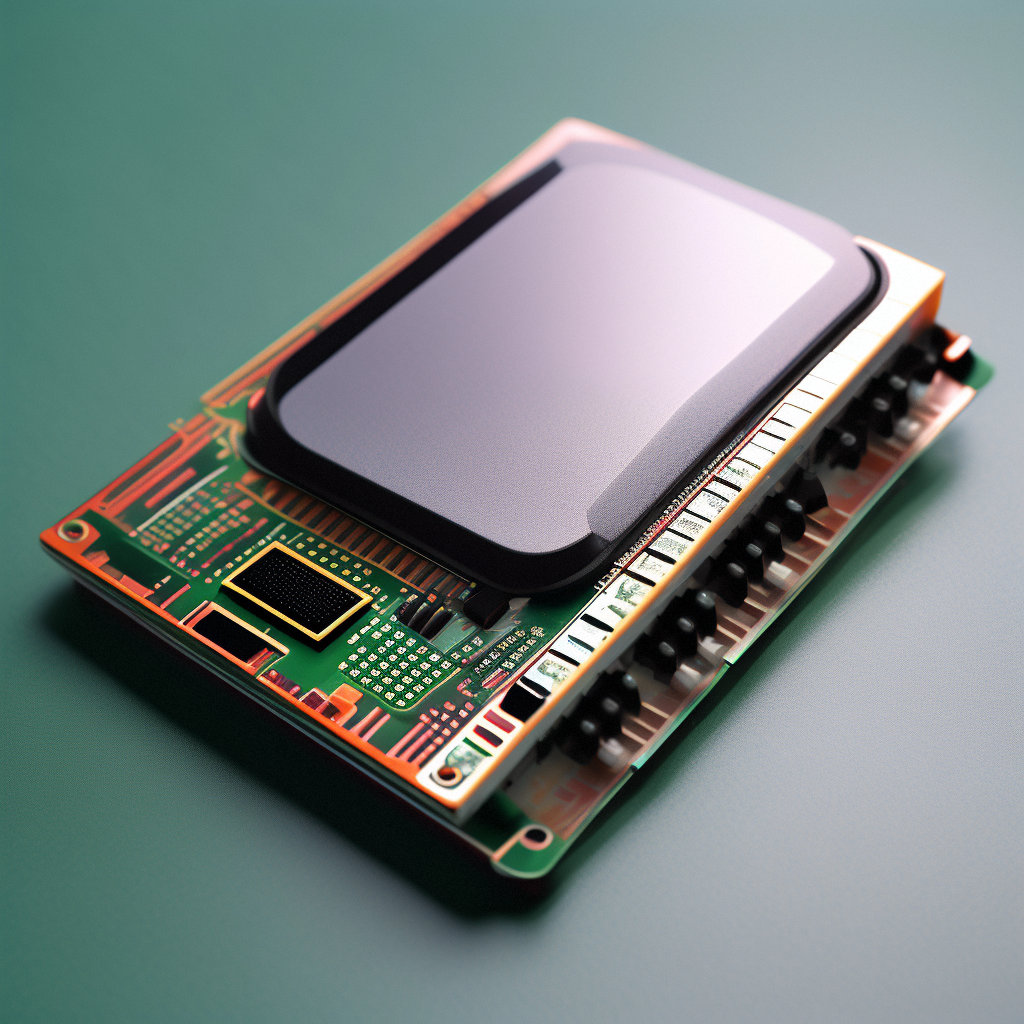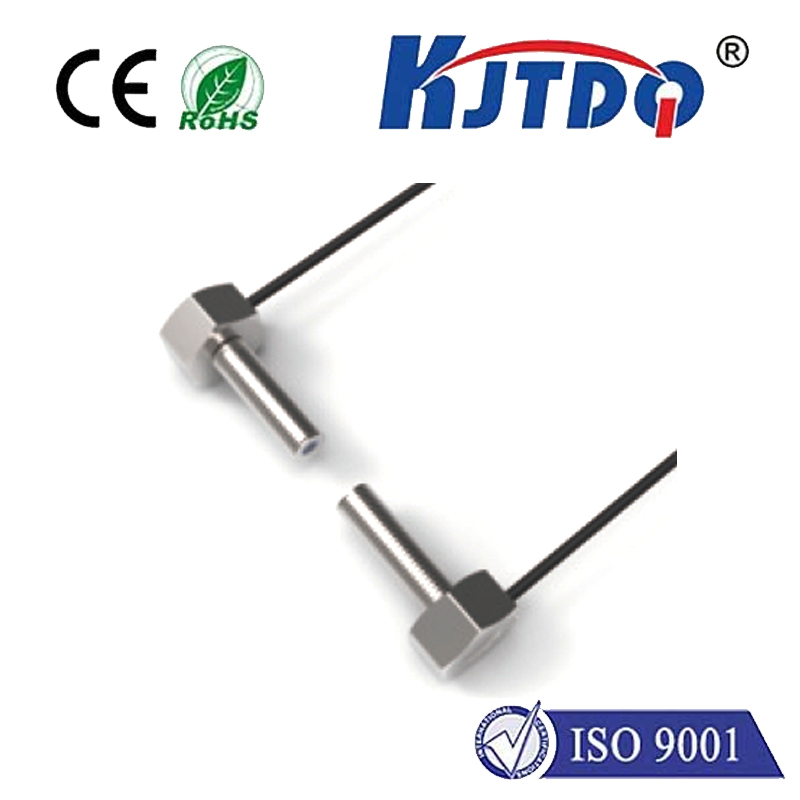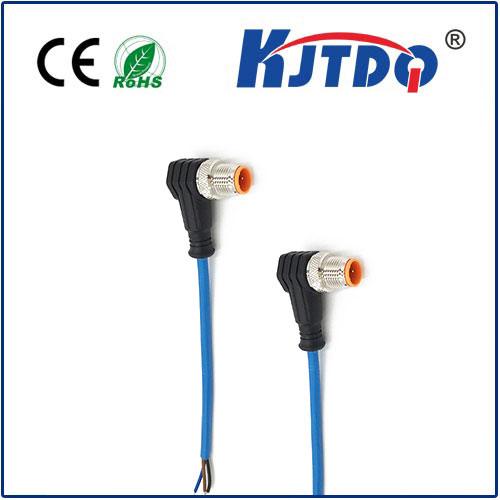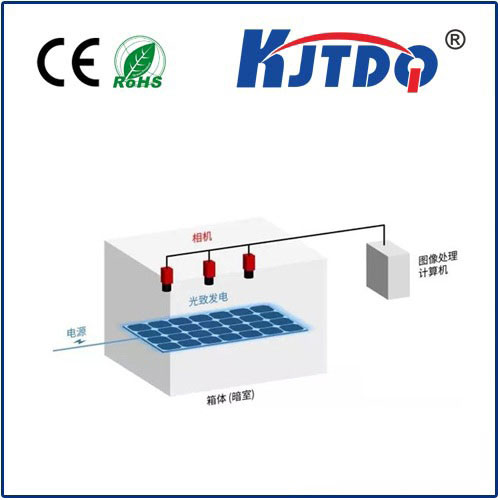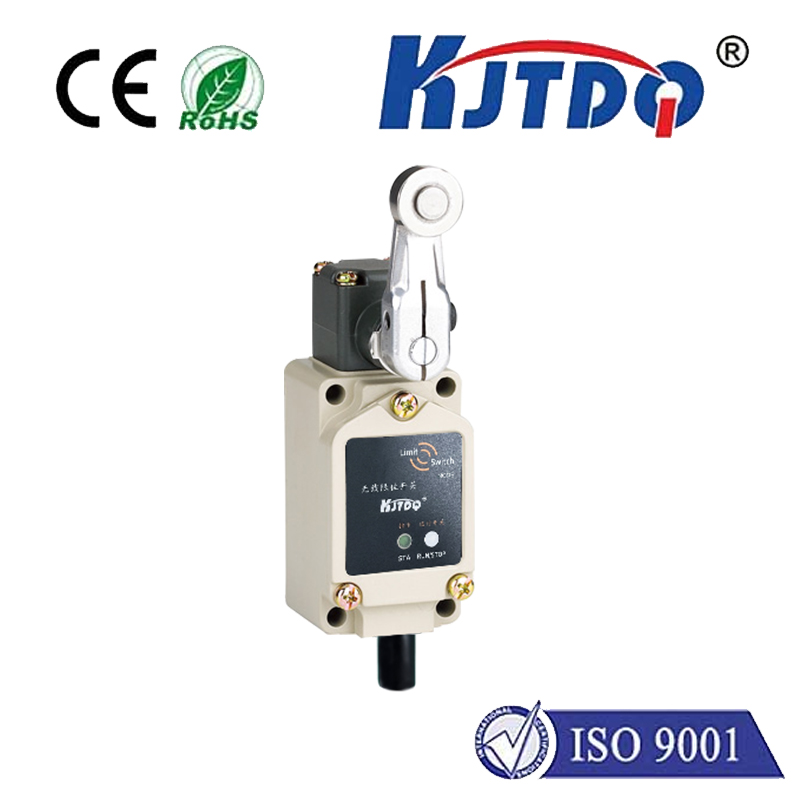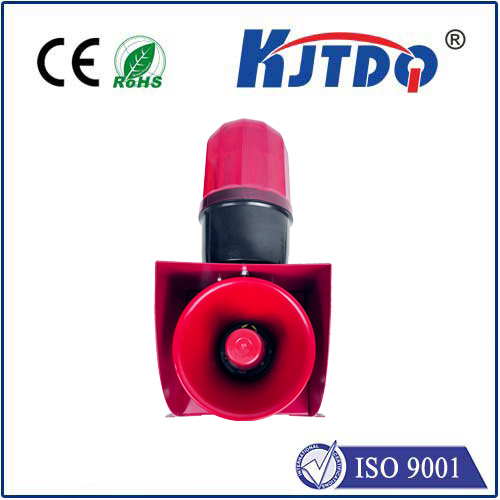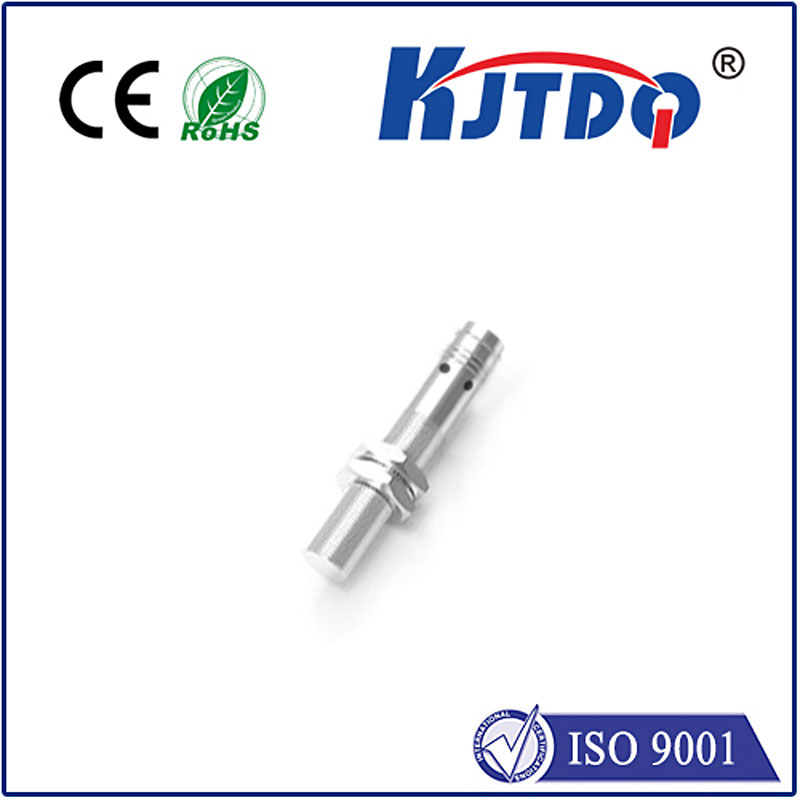
check

check

check

check

Title: Revolutionizing Efficiency: The Speed Pickup Sensor Introduction In the modern era of rapid technological advancements, the integration of sensors into various systems has become a game-changer. Among these, the speed pickup sensor stands out as a remarkable innovation that enhances efficiency and performance across diverse applications. By precisely measuring rotational speed, this sensor has become an essential component in industries ranging from automotive to robotics. This article delves into the significance of the speed pickup sensor, its working principle, applications, benefits, and future prospects. What is a Speed Pickup Sensor? A speed pickup sensor, also known as a tachometer generator or speed probe, is a device designed to measure the rotational speed of a shaft or rotating machine part. It generates an electrical signal whose frequency is proportional to the rotational speed, enabling accurate monitoring and control. These sensors are typically non-contact式的, ensuring reliability and longevity by eliminating the wear associated with mechanical speed meters. Working Principle The operation of a speed pickup sensor is based on electromagnetic induction. When a toothed wheel or gear rotates past the sensor, changes in the magnetic field induce an alternating current (AC) voltage in the coil of the sensor. The frequency of this induced voltage corresponds directly to the rotational speed of the gearwheel. By analyzing this signal, the system can determine the speed of the monitored component with high precision. Applications Speed pickup sensors have found widespread applications due to their versatility and accuracy. In the automotive industry, they are used in anti-lock braking systems (ABS), engine management systems, and cruise control mechanisms. In industrial machinery, they monitor conveyor belt speeds, fan rotations, and motor shaft velocities, ensuring optimal performance and safety. Additionally, they play a crucial role in the automation sector, where precise motion control is paramount for tasks such as pick-and-place operations in manufacturing lines. Benefits The adoption of speed pickup sensors brings numerous advantages:
